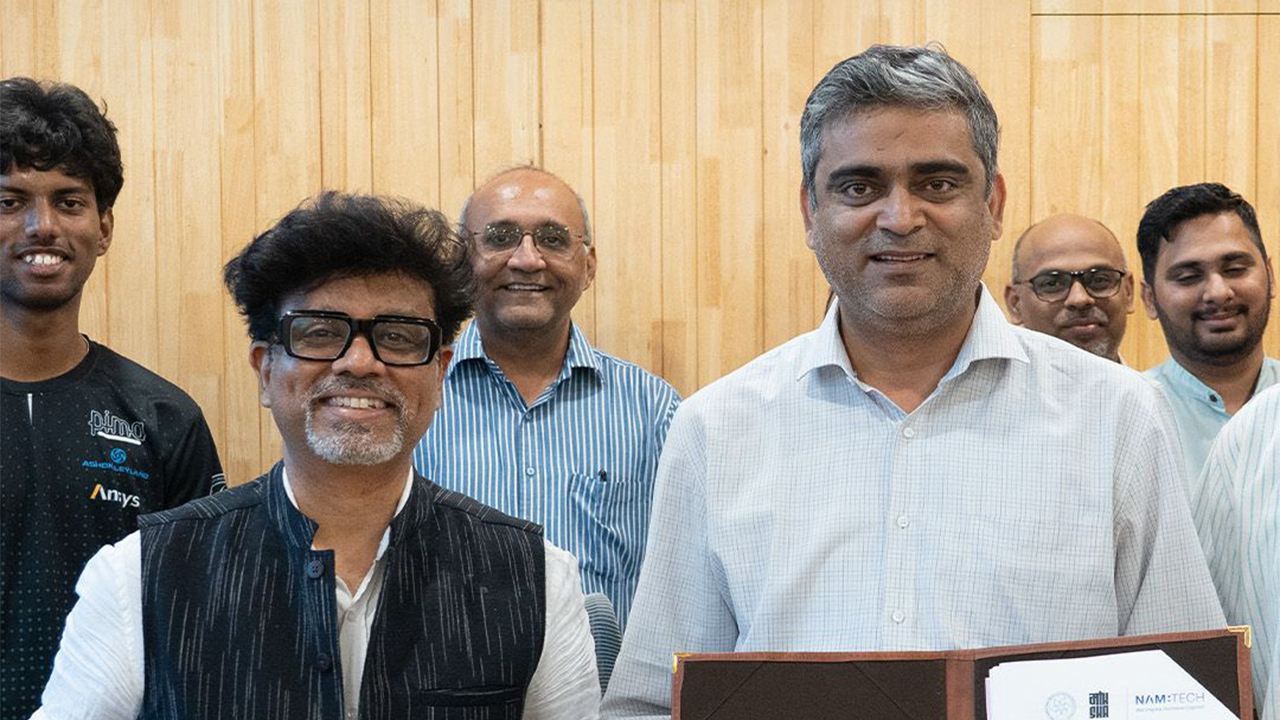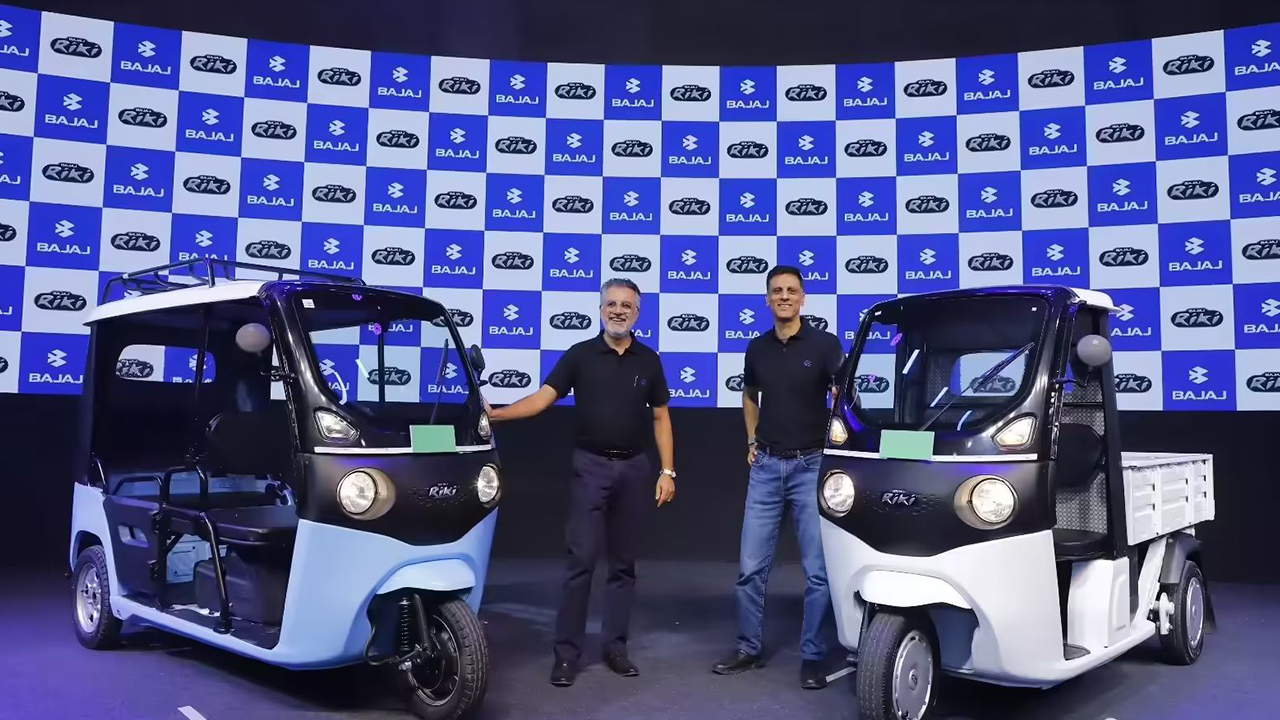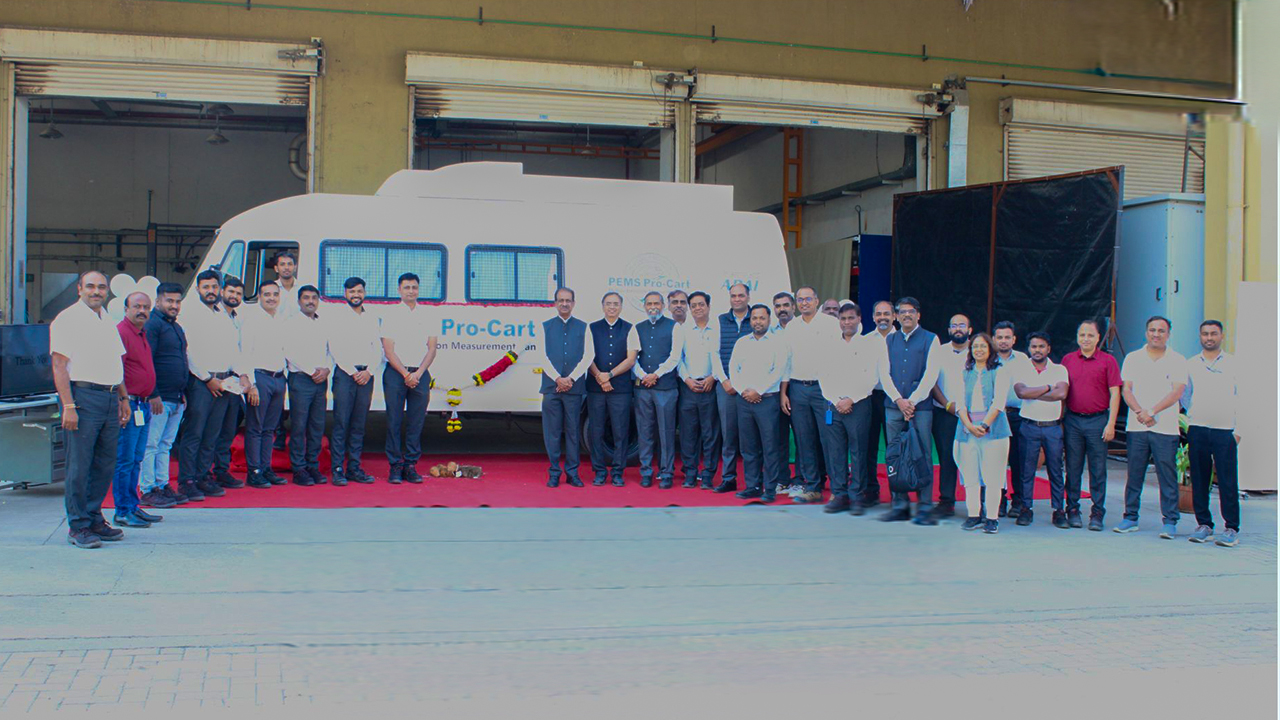Mr. Vikas Sawhney is a mechanical engineering graduate & MBA with over 3 decades of dynamic career in the Automotive sector across Manufacturing Engineering, Project management and Operations. He has in-depth technical knowledge in most of the automotive processes like metal cutting, fabrication/welding, engine & vehicle assembly, painting and Robotic applications. Currently, he is serving as Vice President (Engineering), at Bajaj Auto Ltd where he is handling complete operational and financial responsibility, along with handling multiple internal and external stakeholders.

Automotive & Machine tool companies of the future will be largely driven by changing market scenarios, the key being mass customization of products, shorter product life cycles and higher model variants. While all these would primarily result in focus on operations and machines being flexible and appropriately priced, a new need for machines having self-sustaining intelligence would also emerge. Another driving factor would be the need for industries to rely less and less on skilled manpower which also gets expensive by the day, and hence Machine tools would tend to be autonomous and automation ready for man less operations.
In terms of flexibility, quick model changeover leveraged by emerging technologies the machines would be innovative enough to change from SMED to NTED (No touch exchange) wherein the machines would automatically detect model and change its settings including fixture orientations, clamping etc. With handling of multiple models and mass customization would come the challenges of avoiding faulty production and the need for machines to be self-correcting in terms of their output, and this is where the next realm of AI would surface, Predictive Quality. ML, AI based cutting parameter optimization along with augmented reality based maintenance systems will result in a steep rise in OEE. IoT requirements thereof would force the machine tool manufacturers to adapt to open communication protocols.
Machines would also need to be right sized to match the needs of specific customers and fit into the right pricing, which in turn implies the machine features would need to become modular both in terms of software and mechanical construction. One design fits all would be a thing of the past. Automation compatibility for being suitable to Robotic tending would also be a major design thrust. Coupled with Quality based AI modules the machines would be autonomous in operations. Automation trends to replace skilled manpower in areas of assembly apart from painting, fabrication will rise exponentially as well.
New processes & software in rapid prototyping would help to reduce concept to market lead times and reduce development costs for automotive companies and may have a potential of offering competitive advantage depending on how the technology is leveraged.
To summarize, machine tools of the future with their flexibility, right sizing, AI based intelligence, and autonomous operations will assist the automotive companies meet the variability in market demands and needs for mass customization more effectively, coupled with shorter product launch times and faster model changeover times.
NEWSLETTER
TRENDING ON PRO MFG
MORE FROM THE SECTION









